People have commented before that they had to get through the beginning of Zombie Ranch before it began to hook them and get them engaged as fans. Oh, we did our best to try to spark enough curiosity for that, what with the floating camera bot and undead horsie, but I won’t deny things were rough back at the start. If someone’s be-all-end-all is a pretty first impression, then they’ll miss out on the rest… and biased as I am, I like to think the rest is something worthwhile.
Which brings me to Minecraft. I am a few years late to this party. Once, several months ago, I tried the game out in its browser-based version and gave up after a bit since it looked so primitive and I couldn’t figure out what the hell was going on. If that sounds hypocritical considering my first paragraph, well, I will stand guilty as charged. The important thing is that I have now gone back and given it another chance, and can now see why so many around the world have praised this piece o’ software.
Minecraft is a much more complex game than it would seem at first glance, but you do have to have the patience to (pardon the pun) delve into it. There is no in-game tutorial on how to do things, which means there may be a lot of trial-and-error on your part unless you choose to ask friends who play or check on of the online guides such as the Minecraft Wiki. Dawn pointed out to me that there are certain achievements that you can look at from the game menu that give you hints, but I probably wouldn’t have thought to check that had she not told me.
So there might be some early frustration, especially if you’re playing on the default Survival mode (if you’re playing Hardcore for your first time out, well, you’ve got a higher failure tolerance than I do). You appear at a random spawn point in a randomly generated landscape, with nothing but the clothes on your back. After fumbling around a bit you may realize than you’re able to use your bare hands to dig up and collect blocks of stuff from the blocky landscape. Soft stuff like dirt, sand, and wood… okay, wood isn’t so soft, but it’s important at this stage that you be able to punch apart trees with enough effort. That’s because the wood will let you create your first tools, and the tools will let you gather sturdier blocks like stone.
A lot of the crafting does its best to be intuitive, conducive to experimation and accidental discovery as you arrange various layouts. On your inventory screen you have just enough crafting slots to be able to use collected wood to create a crafting table. Then the crafting table has enough slots to start creating things like pickaxes. Two sticks up the middle, with three blocks of wood/stone/? across the top. Looks vaguely pickaxe like. Fair enough.
Other crafting, alas, isn’t as obvious, so perhaps I’ll save you some grief right now to say that a stick topped by a piece of coal = a torch. Okay, maybe that’s obvious to everyone except me, but I spent a frustrating amount of time figuratively and literally in the dark when night fell.
And day and night in the Minecraft world are not just cosmetic. You will start the game in daylight, but in a distressingly short amount of time, the sun will be dipping below the horizon. Once that happens, the monsters come.
This element is where Minecraft starts getting really interesting to any of you who’ve ever wondered about building your fortress in the wake of the Apocalypse. I’m not saying the game environment looks like a wasteland, or is even entirely devoid of human habitation, but I could not help but feel very, very alone. No one to tell me what to do, sure, but no one to help, either. It’s Robinson Crusoe time, with nary a Friday to be seen. Did I mention that in addition to needing to worry about monster attacks, you have to keep yourself fed?
Whether you consider yourself a castaway, a sole survivor, or a victim of interdimensional shenanigans, you’ve got to get a shelter built to survive the night, and in the morning either expand that shelter or find a better site for something more permanent. And find some source of food, that would be good, too.
Now we’re not talking an entirely realistic experience, here. I mean, for one thing you can chop apart the base of a tree and the trunk above will remain in perfect, gravity-defying health. But who cares, when you can, with enough work, mold the landscape to your vision? If your idea of an impregnable compound is on an island, you can make one. Or build your castle on the biggest mountain you find. Or dig it into the side of a hill. Or take advantage of the same hole in physics the trees display to build a house in the sky supported by a single pillar of stone; then take some soil, seeds, and a bucket of water up there and plant your siege garden where wheat grows safe from the marauding hordes. Just make sure that whatever you choose, you’re able to get back there before dark.
The survival aspect is just the tip of the game, though. Again taking lessons from Crusoe, first you see to your basic needs, and then it’s time to go exploring. And mining. That’s the name of the game, after all, and the coolest stuff can only be fashioned from ores and gems gathered deep within the ground. There are caverns a-plenty to be found, and even abandoned shafts with wooden supports and cart tracks indicating some long-lost predecessor(s). On the other hand, you’ll discover this is where the monsters lurk when the sun is in the sky, and so some weapons and armor are good priorities when you get ahold of iron.
There actually is an endgame to all of this, but nothing’s forcing you towards it if you’d rather do your own thing. I decided, for instance, to build a small railroad from my main shelter to an auxiliary one I set up across the peninsula where I started, and wanted to figure out the best way to dig things out so it would stay flat. That meant a lot of dangerous iron-gathering expeditions for materials to make tracks, not to mention surveying on the surface, and of course getting to my shelters when night came.
In another instance, in the course of exploring a deep cavern I discovered a spot where the frickin’ ocean was pouring through, and I know it was the ocean because I stupidly attempted to swim to the surface. Obsessed with at least making something interesting out of this stupidity, I managed to locate the spot from the surface and create a walkway out to it, then an airshaft complete with ladders that let me go up and down in safety.
Anyhow, I did mention one of the monster types is zombies, right? No? Well, there you go. And at night they’ll come pound on your doors and groan, and if you’re playing Hardcore difficulty they can actually break the doors down. I don’t think they can break down fences and gates, though, which means that, yes, eventually I might be able to see if I could get a “ranch” going. I doubt I’ll ever be as good at wrangling them as Suzie is, but I can dream.
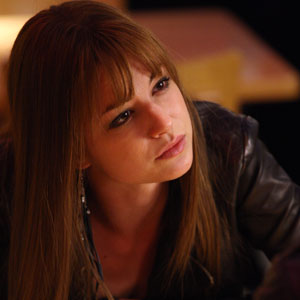
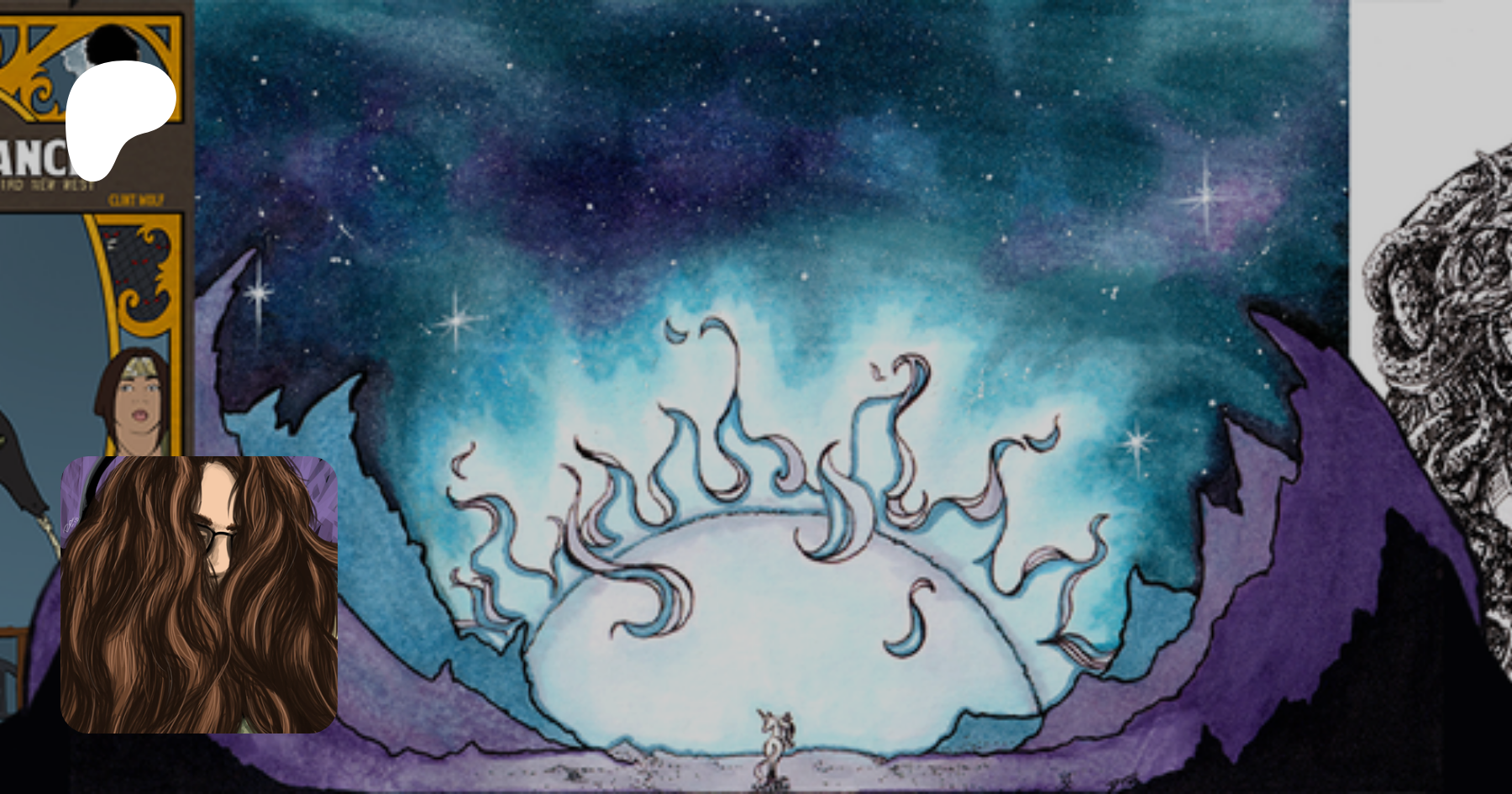

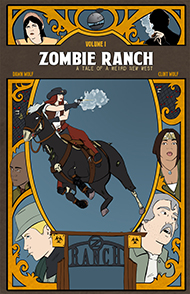




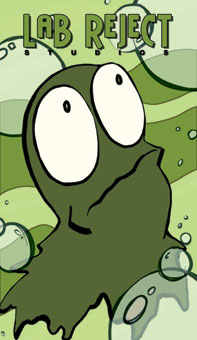
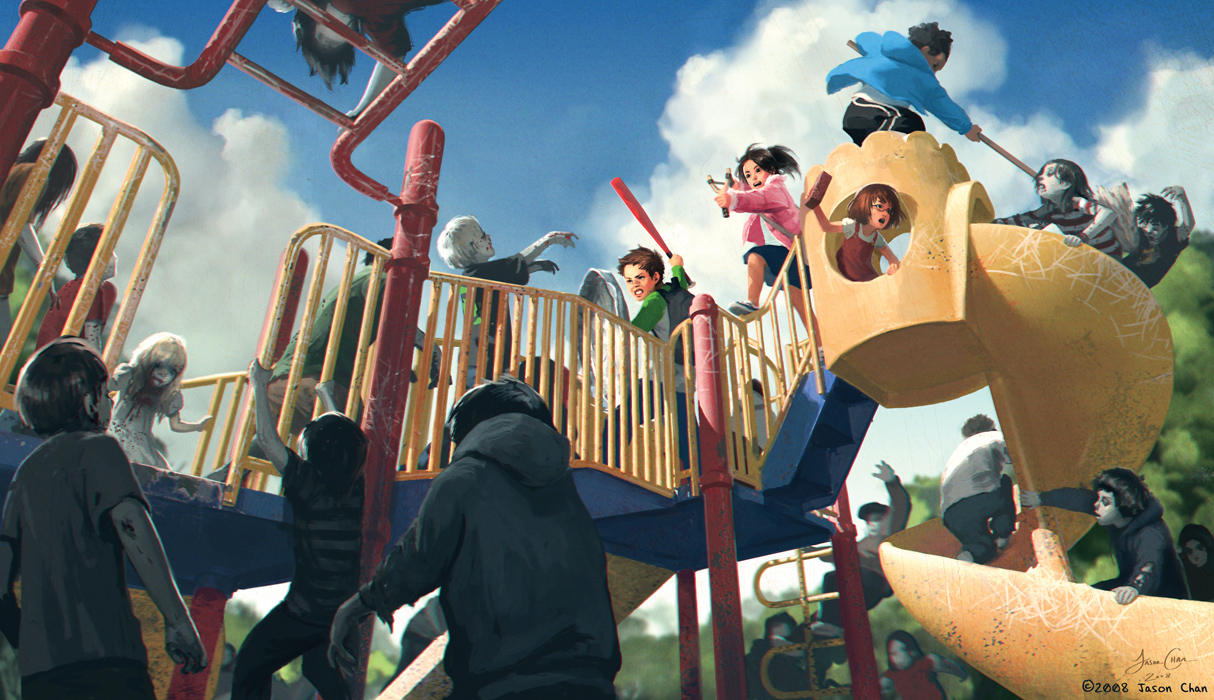
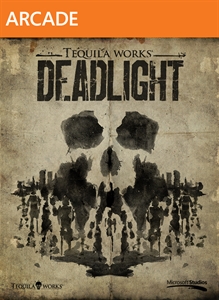 I have long been a sucker for “real-time”, dramatic side-scroller platformer games. It’s not a big genre. I mean, technically we’re talking the same sort of gameplay that’s been around for decades (perhaps most famously in the original Super Mario Bros.), but there’s a certain specific vibe to the ones I’m referring to, which I first encountered back in my college days playing a French import called
I have long been a sucker for “real-time”, dramatic side-scroller platformer games. It’s not a big genre. I mean, technically we’re talking the same sort of gameplay that’s been around for decades (perhaps most famously in the original Super Mario Bros.), but there’s a certain specific vibe to the ones I’m referring to, which I first encountered back in my college days playing a French import called 
 Sometimes it’s nice just to kick back and watch a movie for the sheer hell of it. Last week I got all deeply analytical and philosophical on the subject of Once Upon A Time In The West, a film made with meticulous care and a measured, operatic pace.
Sometimes it’s nice just to kick back and watch a movie for the sheer hell of it. Last week I got all deeply analytical and philosophical on the subject of Once Upon A Time In The West, a film made with meticulous care and a measured, operatic pace.